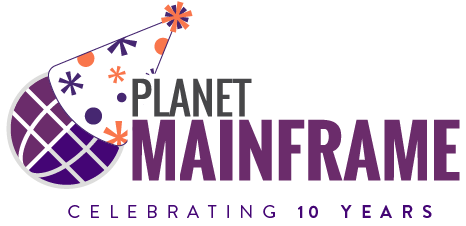Betty White rocks. I mean, she hosted Saturday Night Live—and won an Emmy for it—at the age of 88. At 93, she is still winning awards for shows like Hot in Cleveland and Off Their Rockers, where she is also executive producer.
McKinsey apparently thinks Betty White is out of line. At least that’s the way it seems based on their advocacy of “two-speed IT,” wherein the mainframe is allowed to slowly plod along while Agile/DevOps innovation is restricted to newer web platforms.
And they’re not the only ones. Gartner and IBM have taken the position that it’s OK for companies to consign their older platforms to non-agility, because…well, that part is weirdly unclear. But Netflix and Uber don’t own mainframes. So apparently companies with mainframes should imitate Silicon Valley companies with their customer-facing web environments, while they allow their back-end application logic to languish.
This is, of course, utter nonsense—and even downright suicidal—for several reasons:
- Mainframe agility is essential. It’s actually bizarre to assert that mainframe code and data are less valuable to the business than the stuff living on x86 VMs. If anything, it’s much more valuable. Failure to aggressively advance these vital mainframe-resident digital assets will doom big companies to market irrelevance.
- Mainframe agility is doable. From a purely technological perspective, nothing about the mainframe is inherently non-Agile. Code is code—whether it’s COBOL or Java. Existing mainframe culture, processes and tools, on the other hand, do tend to be change-averse. So if you reconstruct those culture, processes and tools, you can achieve the same agility on the mainframe as you can anywhere else.
- Mainframe agility differentiates. Industry observers like McKinsey like to use as object examples companies that are fast, but not especially big (or profitable, I might add). Big companies almost get written off as lost causes. But they’re not. In fact, big and fast beats merely fast or merely big. It is not, however, easy to be both. So big companies that succeed in making their mainframe application development fast, lean and agile—despite the difficulty of doing so—will achieve an unfair competitive advantage.
Here’s the reality: Large companies that successfully accelerate change in their mainframe application environments will do more than just undercut cab-fares or feed the addiction of binge-watchers. They will transform the global capital flows and supply chains. They will dominate markets.
“Two-speed IT” or “Bimodal IT” won’t do any of this. Instead, it will condemn large companies to be disadvantaged against green-field upstarts on the upstarts’ own terms. That may sound like a winning strategy to McKinsey—but I doubt it sounds like one to the CEO or the board of any large public company.
Betty White has a winning strategy. She has been changing with the times for almost a century, while at the same time remaining truly herself. Mainframe-centric companies would be well-advised to do likewise. It’s certainly wiser than consigning the digital heart and soul of their businesses to irrelevance.
Originally published on LinkedIn Pulse.









0 Comments